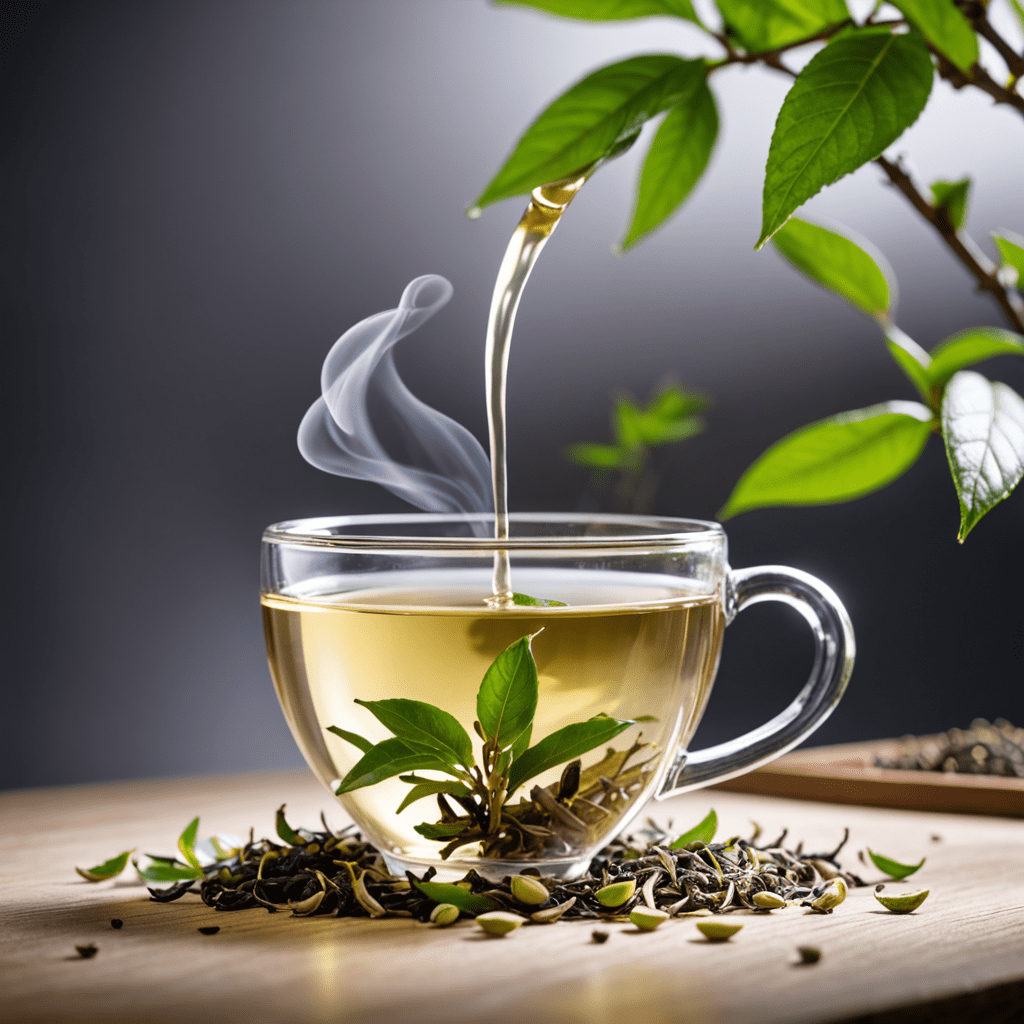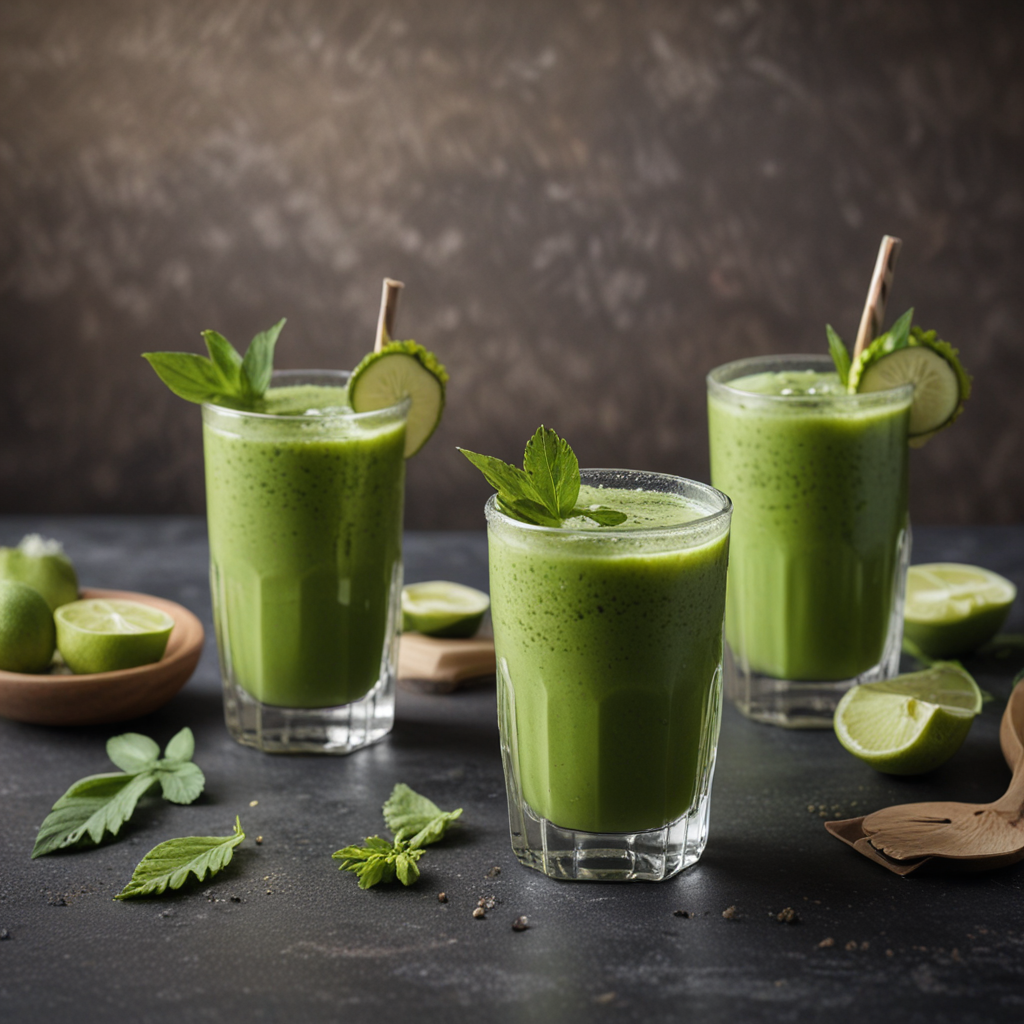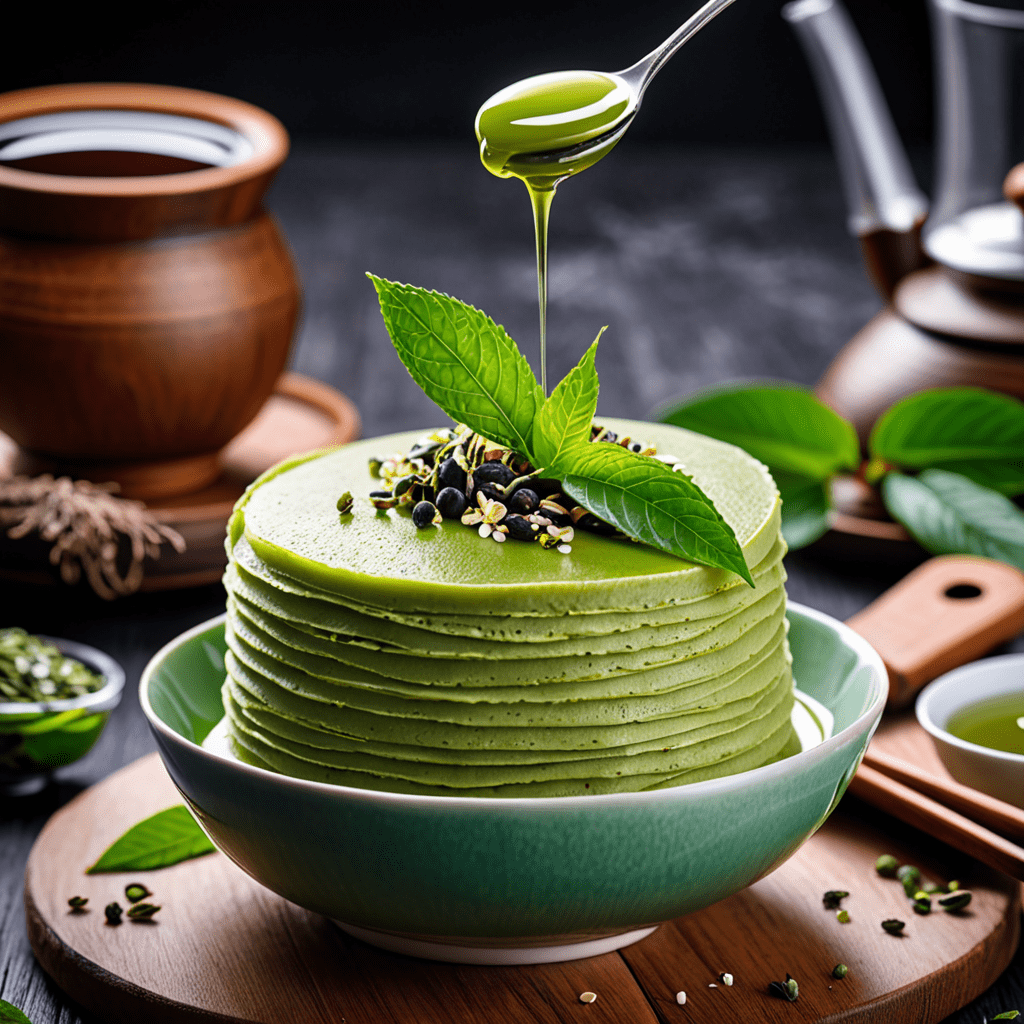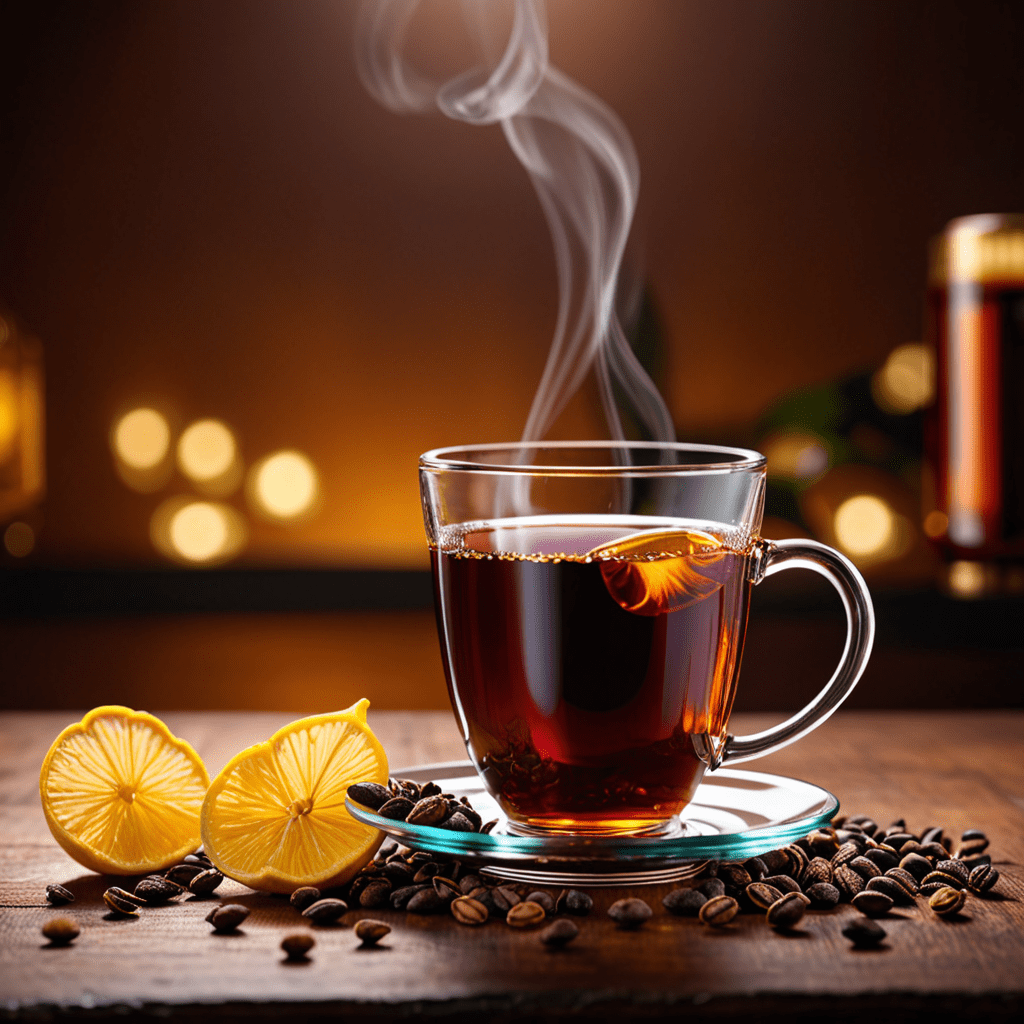White Tea: The Tranquility in Every Sip
White tea is not just a beverage; it’s an experience. Its delicate flavor, soothing aroma, and numerous health benefits make it a favorite among tea enthusiasts. Let’s explore the world of white tea and discover the tranquility in every sip.
The Origins of White Tea
White tea is the least processed of all tea types, made from the young leaves and unopened buds of the Camellia sinensis plant. Originating from the Fujian province of China, it has a rich history dating back to over a thousand years. The minimal processing allows white tea to retain its natural antioxidants and unique flavor profile.
The Types of White Tea
There are several varieties of white tea, with Silver Needle and White Peony being the most popular. Silver Needle, or Baihao Yinzhen, is made exclusively from young tea buds, while White Peony, or Bai Mudan, includes both buds and leaves. Each type offers a distinct character and flavor, ranging from delicate and floral to mildly sweet.
The Health Benefits
White tea is not only cherished for its taste but also for its health-promoting properties. It is packed with antioxidants that can help neutralize free radicals, reduce the risk of chronic diseases, and support overall well-being. Additionally, white tea has been associated with potential benefits for heart health, improved skin complexion, and enhanced oral health.
The Brewing Process
Brewing white tea is a gentle art. It involves using low water temperatures and relatively long steeping times to preserve the tea’s delicate flavors. The water temperature should be around 175°F (80°C), and the steeping time varies between 4-6 minutes. Embracing the ritual of brewing white tea can enhance the overall experience and allow you to savor its tranquility fully.
Pairing White Tea
White tea pairs exceptionally well with light, subtly flavored foods such as fresh fruits, mild cheeses, and delicate pastries. Its gentle taste and aroma complement these foods without overpowering their natural flavors, creating a harmonious culinary experience. It’s a perfect choice for elegant afternoon gatherings or quiet moments of self-indulgence.
Embracing Tranquility
Every sip of white tea offers a moment of calm in today’s fast-paced world. It’s an invitation to slow down, savor the present, and appreciate the simple pleasures in life. Whether enjoyed alone or shared with loved ones, white tea has the power to create a serene ambiance and cultivate a sense of tranquility in every sip.
White Tea: The Tranquility in Every Sip FAQ
What is white tea?
White tea is a delicate and minimally processed tea made from the young leaves and unopened buds of the Camellia sinensis plant. It is known for its subtle flavor and light, refreshing aroma.
How is white tea different from other types of tea?
White tea undergoes minimal processing, which sets it apart from other types of tea such as green, black, or oolong tea. Its young leaves and buds are simply steamed and dried, preserving the natural essence of the tea.
What are the health benefits of white tea?
White tea is rich in antioxidants, which may help protect the body from cellular damage and reduce the risk of chronic diseases. It also contains catechins, a type of polyphenol that has been linked to various health benefits, including improved heart health and reduced inflammation.
How should white tea be brewed?
White tea should be brewed with water that is just below boiling (around 175°F to 185°F) for about 2 to 3 minutes. It is best to use a glass or ceramic teapot or cup to enjoy the visual appeal of the pale, golden-colored infusion.



